Up Next

Romain Grosjean should have signed off from Formula 1 with a couple of low-profile, point-less runs in the Sakhir and Abu Dhabi Grands Prix.
Instead, he bowed out in horrifically spectacular style, with the overwhelming emotion relief that he escaped from his Bahrain impact and conflagration with relatively minor injuries.
Perhaps it was naive to expect a driver like Grosjean to slink away quietly given his volatile F1 career. He divides opinion, at his best a spectacular performer who gives nothing away to the very best, but at his worst an infuriating one – with much of the time roaming the middle ground between these two extremes. He was never destined to fade away anonymously.
Even before his Bahrain escape, Grosjean appeared comfortable with his lot. You’d suppose a driver of his capabilities might be frustrated not to have had even just one day when everything came together and he won a grand prix, but not Grosjean. Perhaps this reflects that, off-track, he’s one of the more rounded characters among the F1 drivers and it’s to his great credit that he can take the joy from a long and successful grand prix career.
If there is bitterness, it’s convincingly-hidden and he describes his 179-race F1 career, which included 10 podium finishes, as a dream come true.
“Actually, I’m not that frustrated about it,” says Grosjean, in conversation with The Race three days before his Bahrain GP shunt.
“Every time I had the chance, I took it. An alternator has stopped me [in Valencia in 2012], the safety car in Germany and the strategy in 2013.
“If there’s one regret, it’s that Lotus went badly south in 2014.
“I didn’t get a proper opportunity in a top team at that time.
“In 2013, I showed I was on the ramp to become champion, or at least win races and be a contender. [Lotus team-mate] Kimi Raikkonen was taken to Ferrari and struggled a bit, but I didn’t really get much after that point.
“When you miss the train, it’s very hard to jump back on because then you start at the back of the grid and people are less interested.”
Many will scoff at the suggestion that Grosjean was on a trajectory that could have made him a championship threat. It’s true there is no lack of evidence he would be too erratic to achieve that, but over the second half of 2013 he was consistently strong, reckoned by Lotus to be around three-tenths of a second per lap faster than Raikkonen and was generally the only driver to bother the Red Bulls.
At the time, the question was if it was sustainable. Perhaps it wasn’t, but the frustration Grosjean points to is that he didn’t have the chance to find out and that the seven seasons that followed were a rollercoaster of ups and downs.
Grosjean has always been a fascinating driver and even if he’d never been able to conquer the inconsistency, you can’t help but wonder if a few more seasons of stability in a team not being crushed under the weight of financial concerns might have allowed that trend to continue.
While he’s had plenty of opportunity in F1 and his fate was largely in his hands, given that he could be so good at his best it’s tantalising to wonder what might have been – even if it was an impossibility.
“I haven’t done everything perfectly, but if I had a good car, I would have won races and maybe the championship,” says Grosjean.
“I still think I’m one of the fastest out there, but it’s difficult to show anything with the car we had. Even when you do a good race, you’re P12, 13, 14 and people won’t say you’ve done a good race because they can’t see it.”
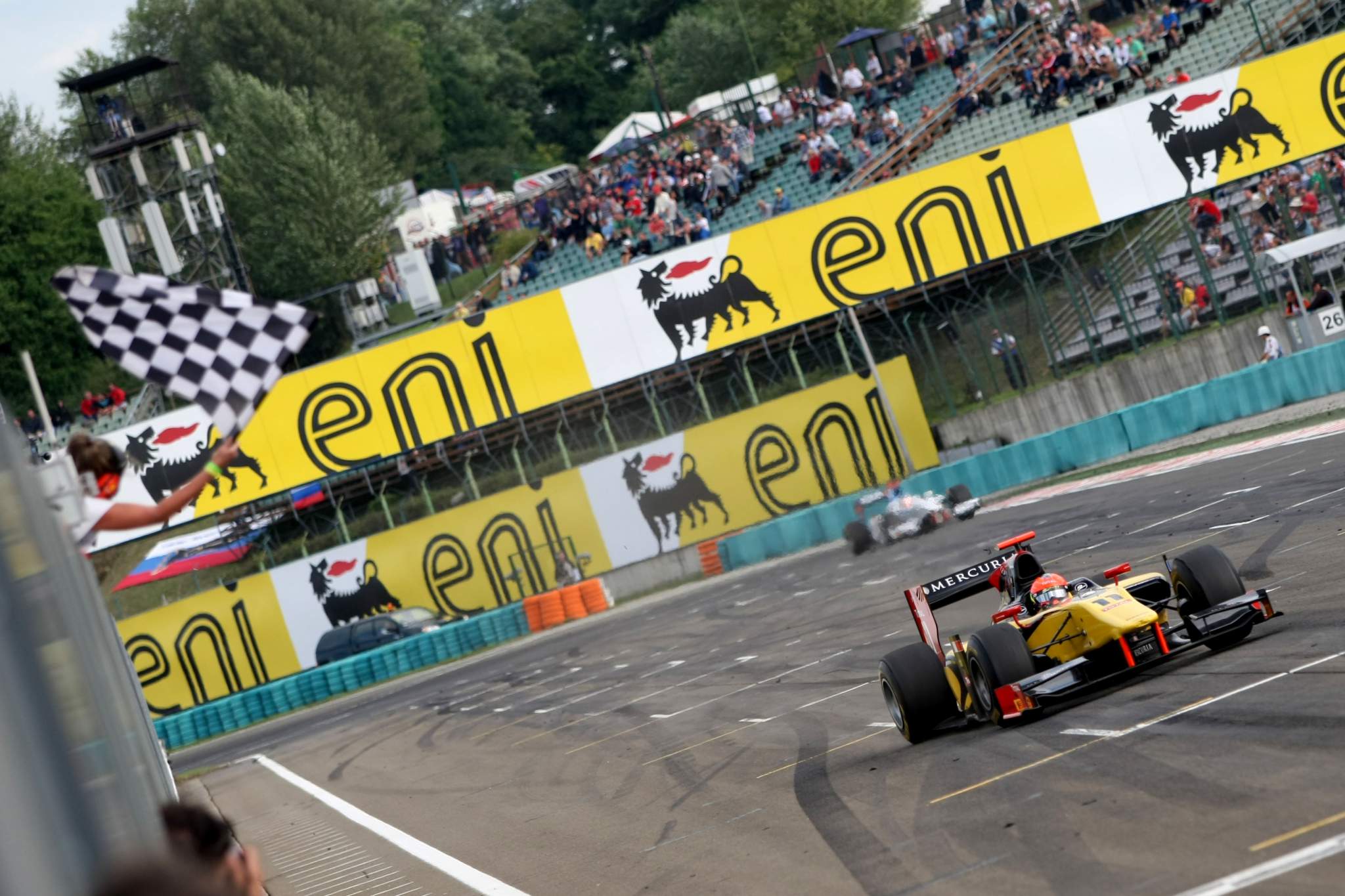
Grosjean likens the situation to asking tennis players to compete in the Australian Open, but give some normal rackets, others squash rackets and the rest a table tennis bat.
When talking about future racing projects – and it’s not clear how the Bahrain crash has impacted his appetite for continuing to compete or in what categories he’s willing to take on – he’s stressed the need to be on a more level playing field.
After all, discounting the invitational 2012 Race of Champions, his last victory in racing was in GP2 at the Hungaroring in July 2011 (above).
But forget wins, points were usually impossible for Grosjean in 2020. To return to his analogy, the 2020 Haas was a table tennis bat of a car but there were moments when his quality shone through.
Take his superb qualifying lap for the 70th Anniversary Grand Prix at Silverstone, a dogged drive with crash damage at Mugello and his sole points finish in ninth place at the Nurburgring.

But there were also times when things went wrong, with too many track limits violations, weekends where he couldn’t get on top of the car such as in the damp conditions in Turkey and triggering his Bahrain crash.
That appraisal could be extended to his whole five-year stint at Haas, where the results have been a mixed bag but even Grosjean’s harshest critic must concede he has been integral to the team establishing itself as a credible F1 operation.
“I’ve never felt as natural as you can be in a car over the last few years, just because the design has got a weak front end. I can go fast, I can adapt myself. But it’s never going to unlock the magic” :: Romain Grosjean
During that period, there’s been the usual mix of highs and lows but Grosjean has been forced to work on adapting to a limited car.
He’s often talked about the ART school of driving – a reference to the style hammered into young drivers by Frederic Vasseur’s junior superteam that Grosjean drove for in F3 and on his first stint in GP2 – that is predicated on braking late, turning in aggressively, carrying speed to the apex and still getting on the power early.
It’s certainly a fast technique, if the car can take it, but it asks a lot and like all drivers Grosjean has more often than not lacked the ideal car. Drivers must be adaptable, something Grosjean has had to work on.
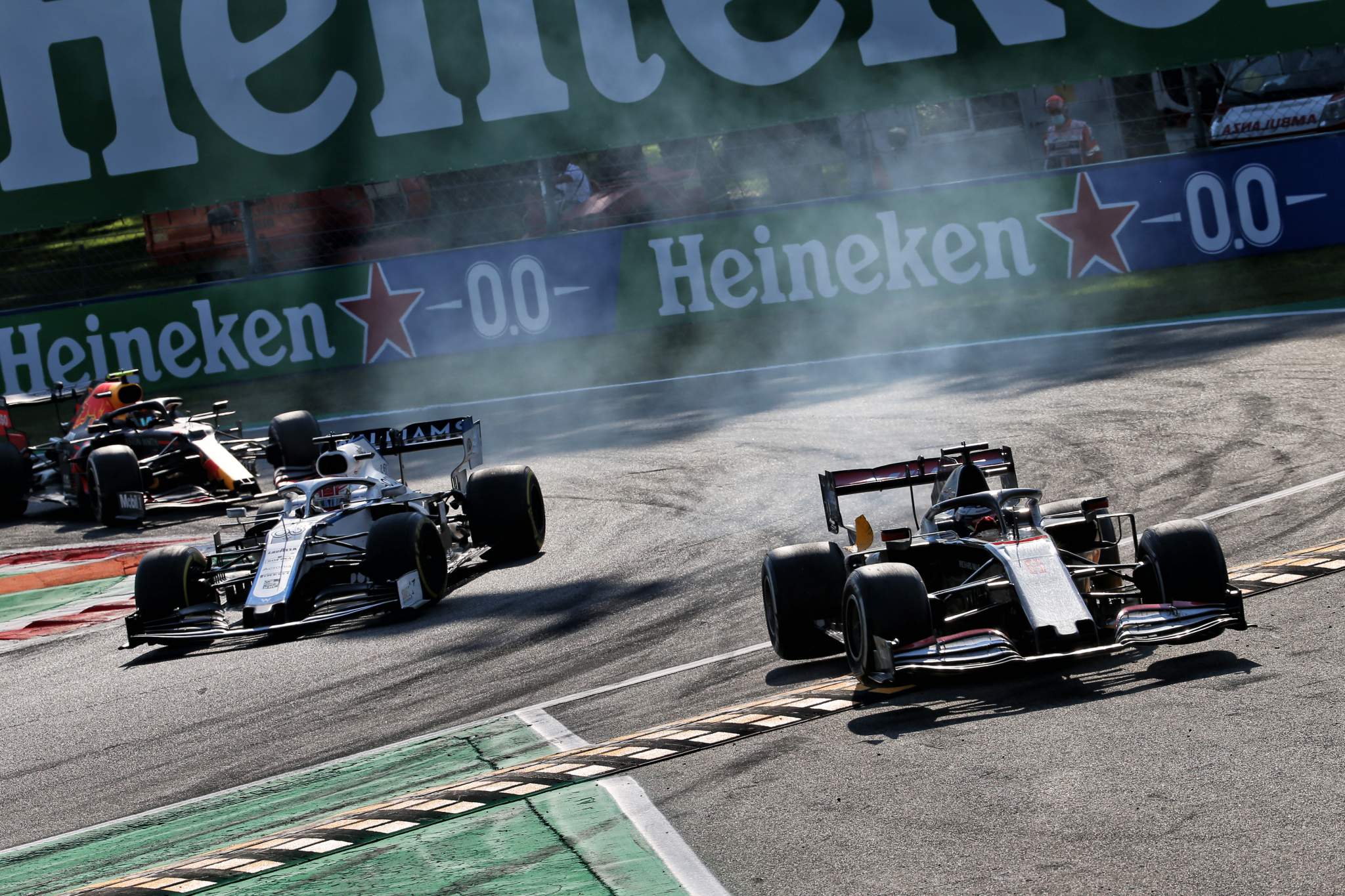
The braking feel was a consistent source of complaints during the first half of his Haas stint, while he also proved far more sensitive to a characteristic he perceived as understeer but that team-mate Kevin Magnussen often revelled in. Similarly, Grosjean enjoyed the oversteer that could limit Magnussen.
“I really opened my window a lot, because it’s impossible to carry any braking into the corners, there’s no front end,” says Grosjean. “That’s been the case for five years with Haas, it’s always been a weakness.
“Everybody recognises his natural speed, everybody recognises his lack of consistency and the lack of progress he is able to make sometimes because of the emotional side of things” :: Ayao Komatsu
“The design has always carried the same philosophy and there’s no front-end to my taste. So there hasn’t been a car that suits me, but I managed to get around it and fight with Kev, who loves understeer in qualifying.
“In the race, it gets better, more in my advantage.
“I’ve never felt as natural as you can be in a car over the last few years, just because the design has got a weak front end. I can go fast, I can adapt myself. But it’s never going to unlock the magic that sometimes you can unlock.”

Other than Grosjean himself, perhaps the person who knows him best as an F1 driver is Ayao Komatsu (above). He was a performance engineer with Renault when Grosjean had his eight-race stint at the team in 2009, then his race engineer when Grosjean returned to the renamed Lotus in 2012 having been rehabilitated by team principal Eric Boullier.
After being promoted to chief race engineer, Komatsu joined Haas in the same role. He has been there every step of the way.
There was always the tantalising knowledge that here was a driver capable of great things
“Everybody recognises his natural speed, everybody recognises his lack of consistency and the lack of progress he is able to make because of sometimes the emotional side of things,” Komatsu tells The Race.
“It’s a shame, somebody who has got such a natural talent – and not many drivers have such natural speed – not able to accomplish more results.
“Romain has done 10 seasons in F1. Not many people race that long and with all his problems, you could have said that Romain’s career could have been over five years ago. But because he’s got such speed and the potential and he produces the result when not many other people can, he survived this long.”
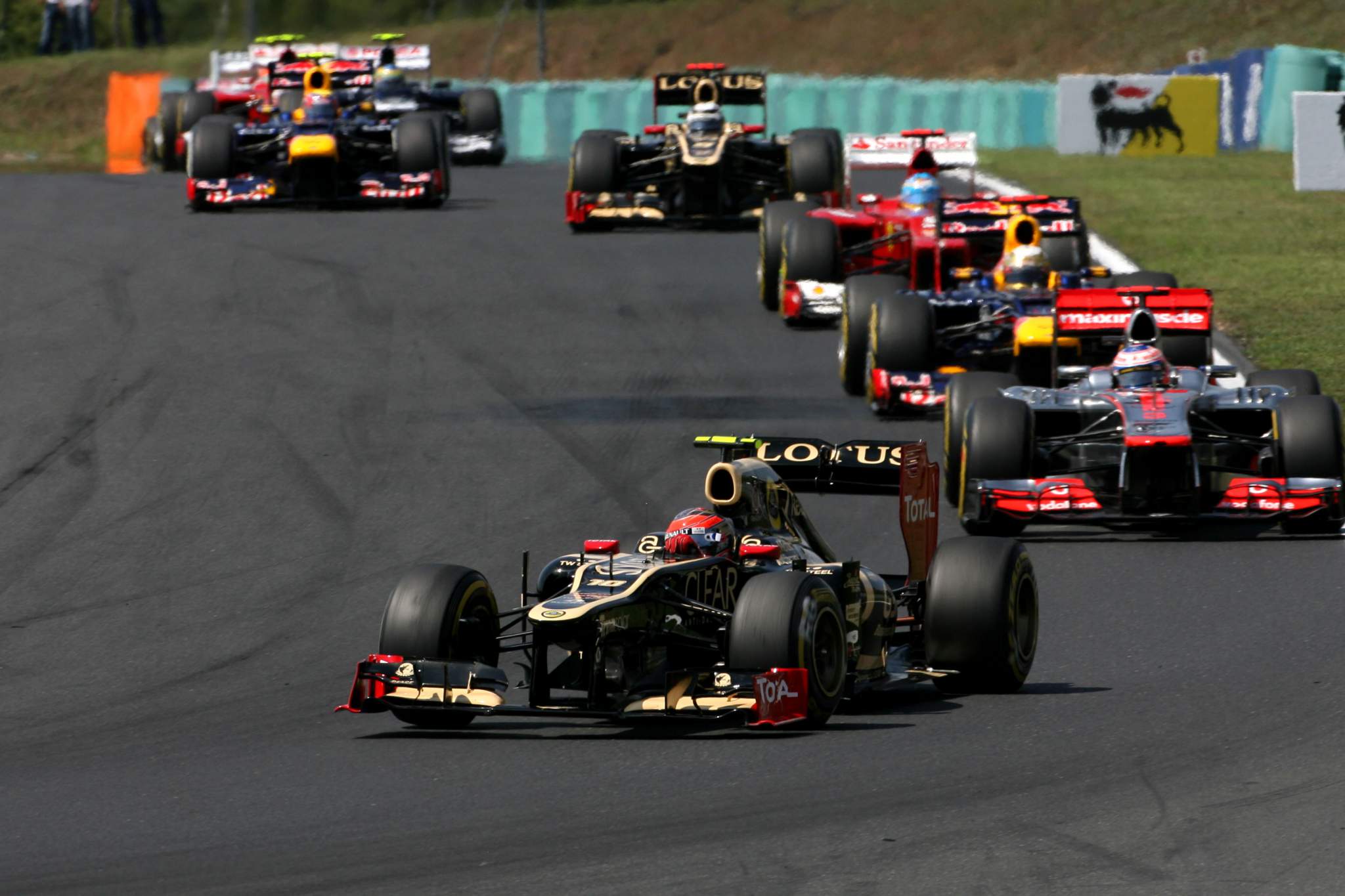
Komatsu is exactly right. It’s the same reason that, as a journalist who has covered Grosjean’s F1 tenure, there was always the tantalising knowledge that here was a driver capable of great things.
But according to Komatsu, part of Grosjean challenge is his constant drive to improve. Komatsu describes him as a driver who gets up to speed very quickly – more quickly than team-mate Magnussen did. But Magnussen is better at subsequent steps. Grosjean is often looking for improvements that simply aren’t possible.
“Romain, because he’s so natural and he’s got speed in him, gets there straight away,” says Komatsu. “He doesn’t need many laps to get there, but once he gets there, Romain tries to find another extra tenth or half a tenth. He then sometimes overdrives and actually doesn’t go quicker, or makes more mistakes.
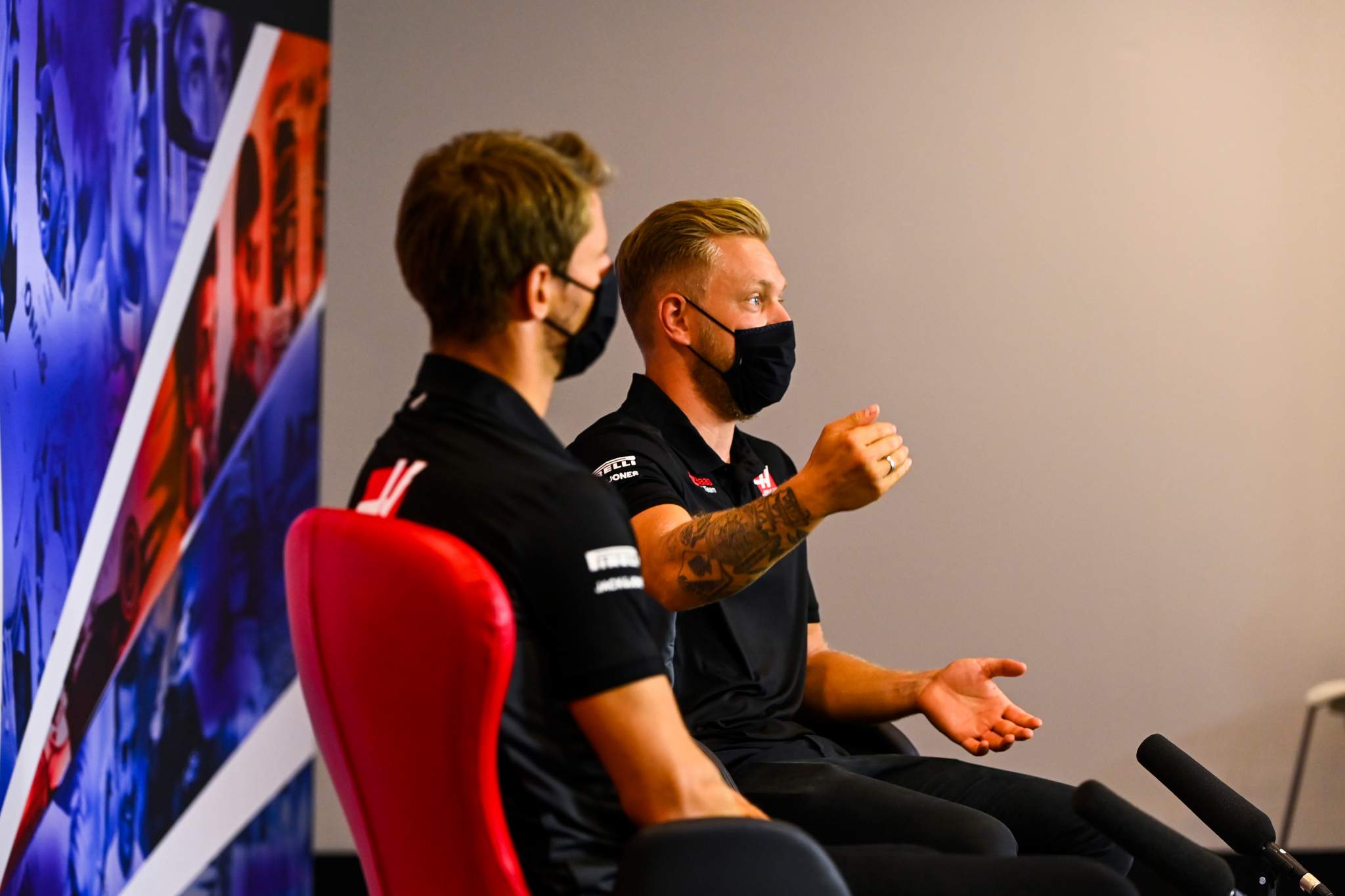
“If he can then take a bit more margin or take a step-by-step approach and improve consistency, he would have scored many more points.
“He is so talented naturally, but I guess it’s difficult because he’s got the ability to push straight away to that level. If you take that away and make him more consistent, maybe his natural speed drops, so maybe you can’t have it both ways.”
Grosjean’s shown remarkable fortitude in standing up under the intense scrutiny and, sometimes, mockery of the wider social media world
Perhaps that reveals why what a driver like Lewis Hamilton has – the capacity to drive himself and the team on but rarely overstep the mark – is so scarce. Grosjean sees his desire to do better as a strength, and it probably has been a net advantage to him. But as ever, once you get to the very top in F1, the challenge becomes ever more intense and tiny cracks can become significant. Grosjean is very aware of this.
“One of the things that I’m proud of is that I brought a very high-level philosophy to some of my guys [at Haas],” says Grosjean when asked about what he felt he added to the team.
“Like Ayrton Senna, he was never happy with what he had. If he had pole position by six tenths, he would have wished to have one second.
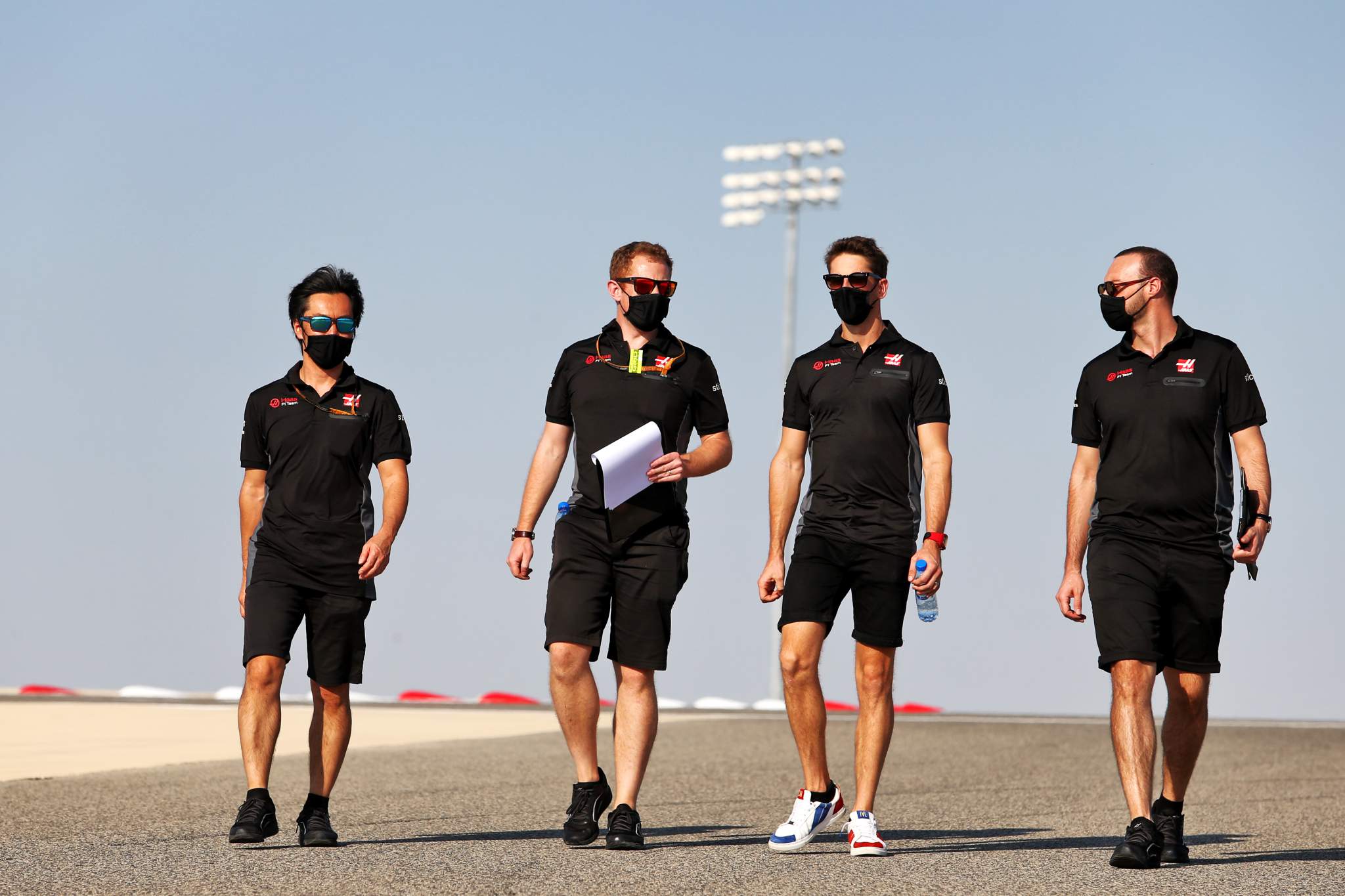
“It’s a quality and also a weakness sometimes, because you always seek more. When it doesn’t come, you can get frustrated but I think in that aspect, some of the engineers, some of the mechanics, really pushed themselves to go beyond what they knew. Learning that top thing that you need to compete at the best level, that’s something I can be proud of.”
But there are unusual dualities about Grosjean. While sometimes he struggles with a car that is not to his liking, he’s also excellent at dragging one round with a known problem far quicker than you would expect.
He showed that with crash damage at Mugello in 2020 and perhaps most remarkably with his drive to points at Suzuka in 2018 (below) with the right-rear wheel loose after overheating under an early safety car. That shows a certain kind of resilience.
He’s also shown remarkable fortitude in standing up under the intense scrutiny and, sometimes, mockery of the wider social media world.
Most recently, he had a run of disasters early in 2018 – crashing under the safety car in Azerbaijan then spinning on the opening lap of the Spanish Grand Prix and wiping out Pierre Gasly and Nico Hulkenberg – but he points to an incident far earlier in his career that made him a marked man.
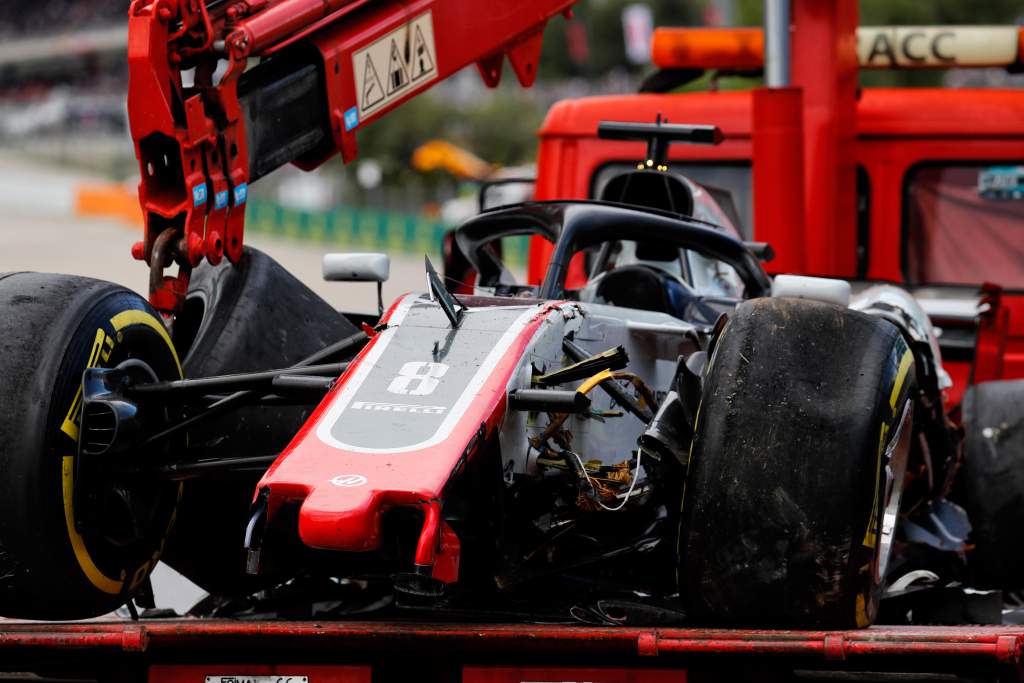
“At the start of 2018, I wasn’t in the right place,” says Grosjean. “Losing the wheel [thanks to a pitstop error in Australia], having a tough time in Bahrain, then in China I was asked to let Kevin by but he wasn’t really faster, it took my tyre [performance] and you get into a bit of a spiral.
“I wasn’t where I wanted to be and if there’s a phase where I’d review my career it would be 2018.
“But a sticker was put on my head from the first year by Mark Webber that I was a ‘first-lap nutcase’.
“In my rookie year, I had three podiums – yes there was Spa and Suzuka and I was not happy with both of them, especially Suzuka, that was my biggest mistake.
“But find me a rookie that has been standing on the podium three times recently?”
“On social media, I got so much abuse for crashing under the safety car, in the pitlane and laps to the grid. Well, there’s more drivers that have done it. George Russell, such a great driver, but he’s done that” :: Grosjean
Webber was understandably furious at being tapped into a spin by Grosjean at the start of the 2012 Japanese Grand Prix, but it didn’t only trigger the famous nutcase quote.
After the race, Webber stormed through the Renault hospitality, face like thunder, then made a noisy entrance to Grosjean’s driver room to remonstrate with him. It sticks in the mind as I happened to be in the Renault hospitality at the time so saw Webber’s entrance and heard what followed.
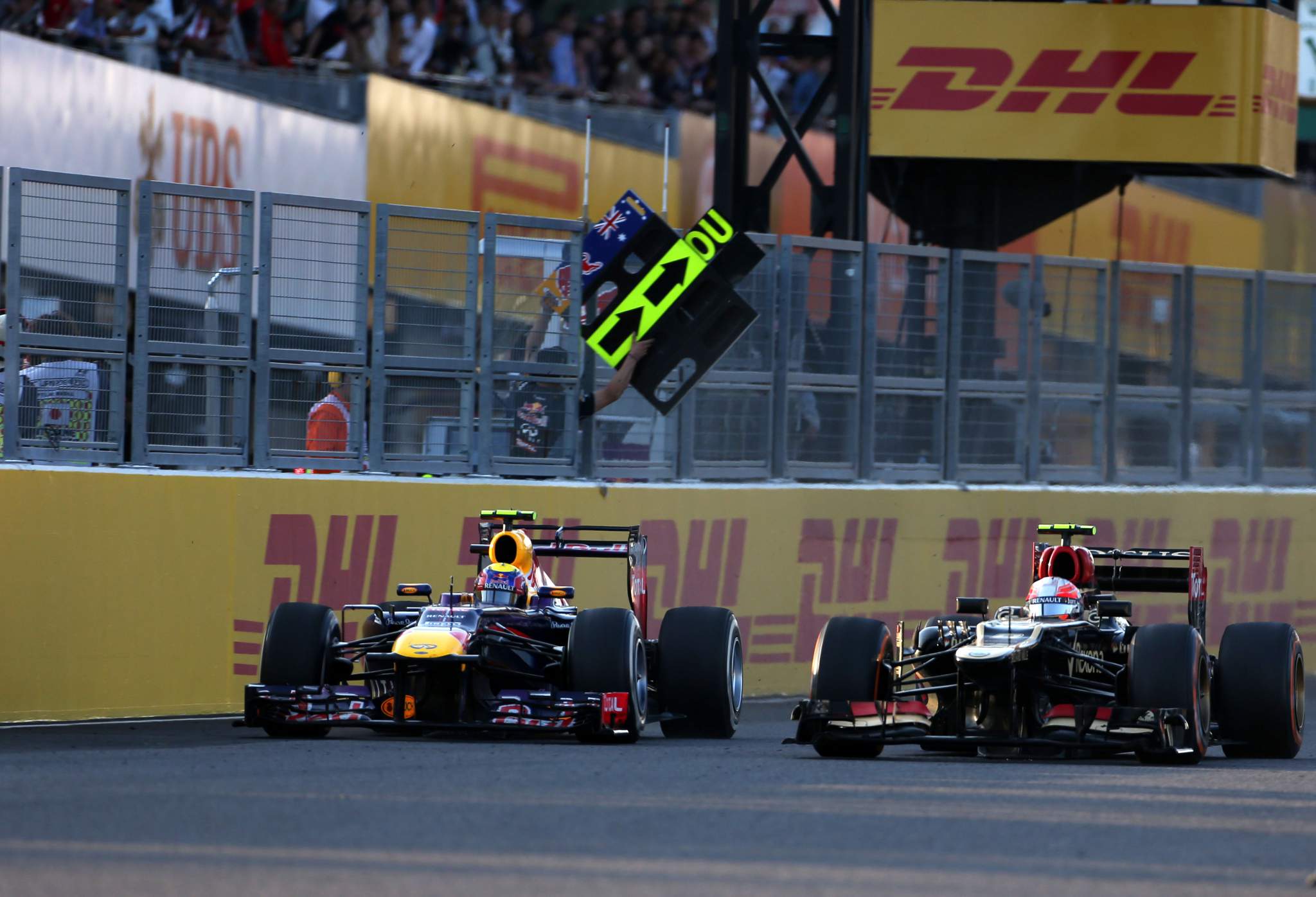
“I don’t understand it, I think it was frustration,” says Grosjean. “He had a four-time world champion car and he won a few races, so I think he was quite frustrated by the whole situation and just decided, on that day, yes he can come at me, and have a word with me and say he’s not happy.
“If he approached me, I would have said ‘yes, I made a mistake – punch me’. But going to the media and outside and so on and openly criticising, I think that was a bit too much. For that, obviously my respect is not as high as for some others.”
This has played a part in making Grosjean a lightning rod for criticism, which is something of a sport on social media.
He’s made more than his fair share of mistakes, but what is unfair is that he is so often perceived as all bad when he has also achieved more than the majority of drivers who reach F1 do.
“Mark put that sticker on my helmet and couldn’t remove it,” says Grosjean. “I give you an example, on social media, I got so much abuse for crashing under the safety car, in the pitlane and laps to the grid. Well, there’s more drivers that have done it. George Russell, such a great driver, but he’s done that.
“If you drive a Formula 1 car, and one at the back of the grid that doesn’t generate tyre temps, and you need to push harder to do it, you can understand. That’s why I supported George when it happened to him, it can happen to any of us in those cars.
Safety car out
Grosjean out 😬#AzerbaijanGP 🇦🇿 #F1 pic.twitter.com/JaLMEyzZMx
— Formula 1 (@F1) April 29, 2018
“For some reason, we make some massive mess out of mine. Is it because I have that base put on me? I don’t know. I’m happy to talk about my mistakes and to take the blame for them, that’s absolutely, fine.
“Did I do things perfectly? No. I made mistakes, but 95% of the time, I was pretty good, and 5% of the time, I was making mistakes.
“But when you try always to go 102%, it cannot always work. That’s also my quality, I’m not going to go at 90% to save myself, I’m always going to go flat out, which brings P4 in Austria [in 2018], P6 for that first race for Haas, the podium at Spa in 2015 when Lotus is bankrupt.
“But it also brings that I can crash under the safety car, going to the grid or whatever.”
And that, in a nutshell, is Grosjean in F1. And for that reason, he really should be appreciated because isn’t that what everyone wants in a driver? A swashbuckling, seriously fast, attacking racer – even if he oversteps more often than he should – is far more interesting than a solid, consistent one who accepts that 90%.
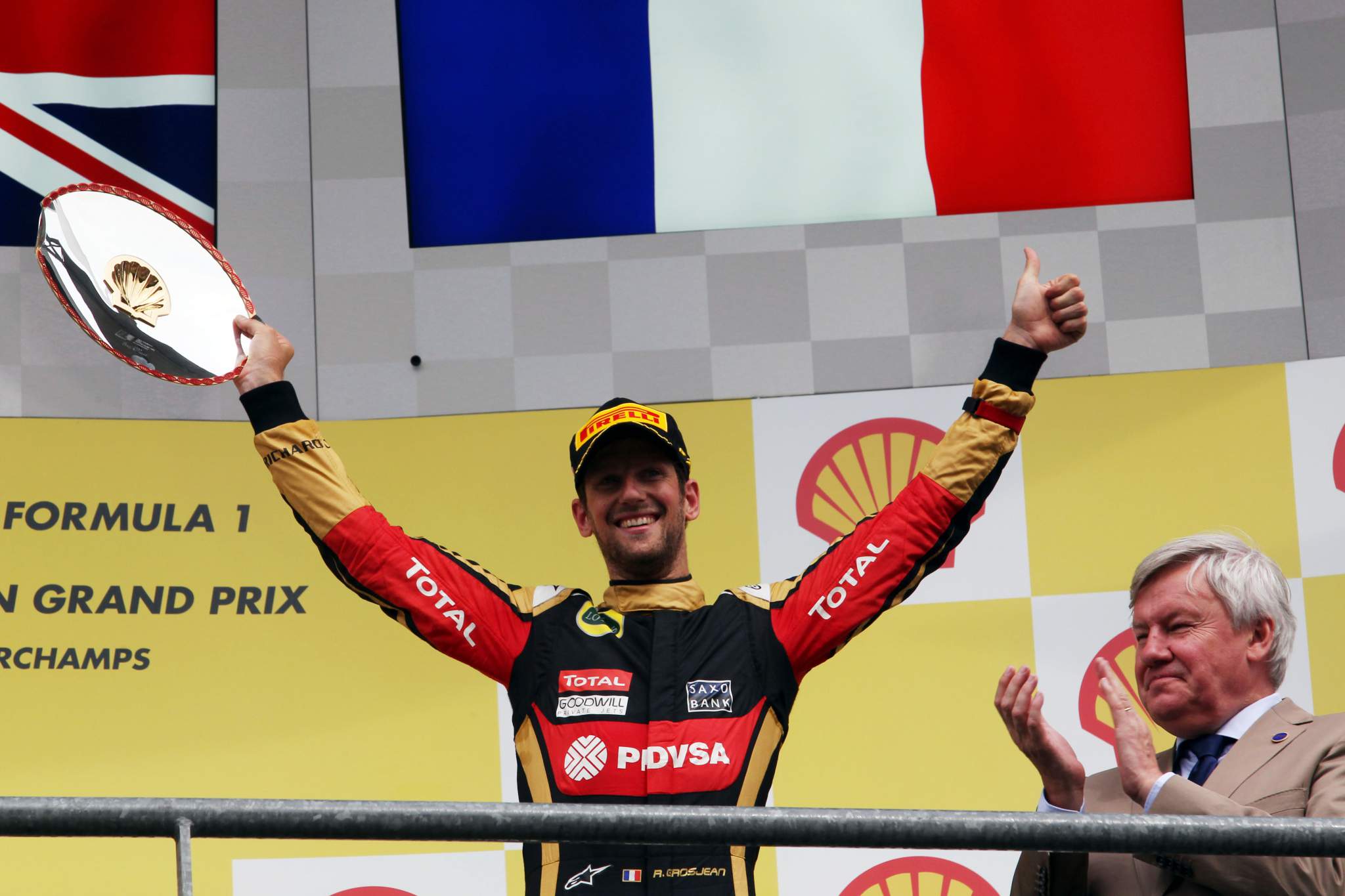
Yes, he has had a tendency to be over-emotional at times and has frustrated rivals, fans and critics alike, but he has also produced magic. And that’s what has made Grosjean a fascinating driver to cover journalistically, to understand and to recognise when he has got things right and why that potential was never, or perhaps could never be, realised.
As Grosjean himself points out, he admits there have been highs and lows, times when he has struggled and others when he has done “incredible things”.
But most of all, it’s encouraging that he seems to have enjoyed his F1 career and emerged not just alive, but also a well-rounded, likeable character with a happy family life and plenty to look forward to.
He might never have won the grand prix his talent demanded, but he has had plenty of success of a different kind. And good luck to him.








